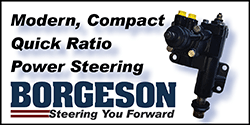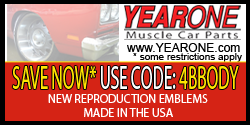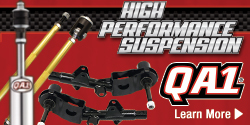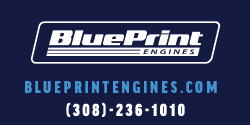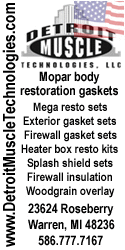I had it backwards, but the point I am making is that the contact point can be moved by lengthening or shortening the PR.
ALIGNMENT
Alignment of the rocker arm is extremely important, any deviation from the correct contact point of the valve stem can cause accelerated wear at best and component failure at worst. The contact point on the valve stem should begin toward the intake side of the cylinder head with the valve closed. As it starts to open, it should roll out past the center of the stem toward the exhaust side of the head at half lift and then from half lift to full lift it should return to it’s original starting point toward the intake side. The actual amount of tip travel across the valve stem in affected by the amount of lift at the valve but you want to make sure that all the travel is in the center of the valve stem and not biased to one side more than the other. An easy way to get a visual witness mark of the travel area is to color the valve stem tip with a sharpie, install the rocker with a checking spring in place, adjust it to zero lash and rotate the engine to completely cycle through an intake and exhaust event. When you remove the rocker, it will have rubbed the coloration off the tip and you will be able to see the travel distance and location. If the travel area is located too far toward the intake or exhaust side then you will need to adjust the push rod length accordingly. If it’s too far inboard, the push rod needs to be lengthened, if it is more to the outboard side it should be shortened. The other alignment location will be from the front to rear of the engine. The rocker contact point should be centered on the stem and this can be adjusted by locating the guide plate for proper alignment (adjustable plates are available if the standard guide doesn’t allow you to achieve correct alignment) and by using shims or offset rockers on shaft mount systems. On some shaft mount applications, an offset rocker must be used in order to get the correct location. This situation usually occurs when using cylinder heads with larger runner sizes or different valve spacing. Getting the alignments correct will provide better valve guide longevity and keep the rocker arms from damaging the valve tips.






